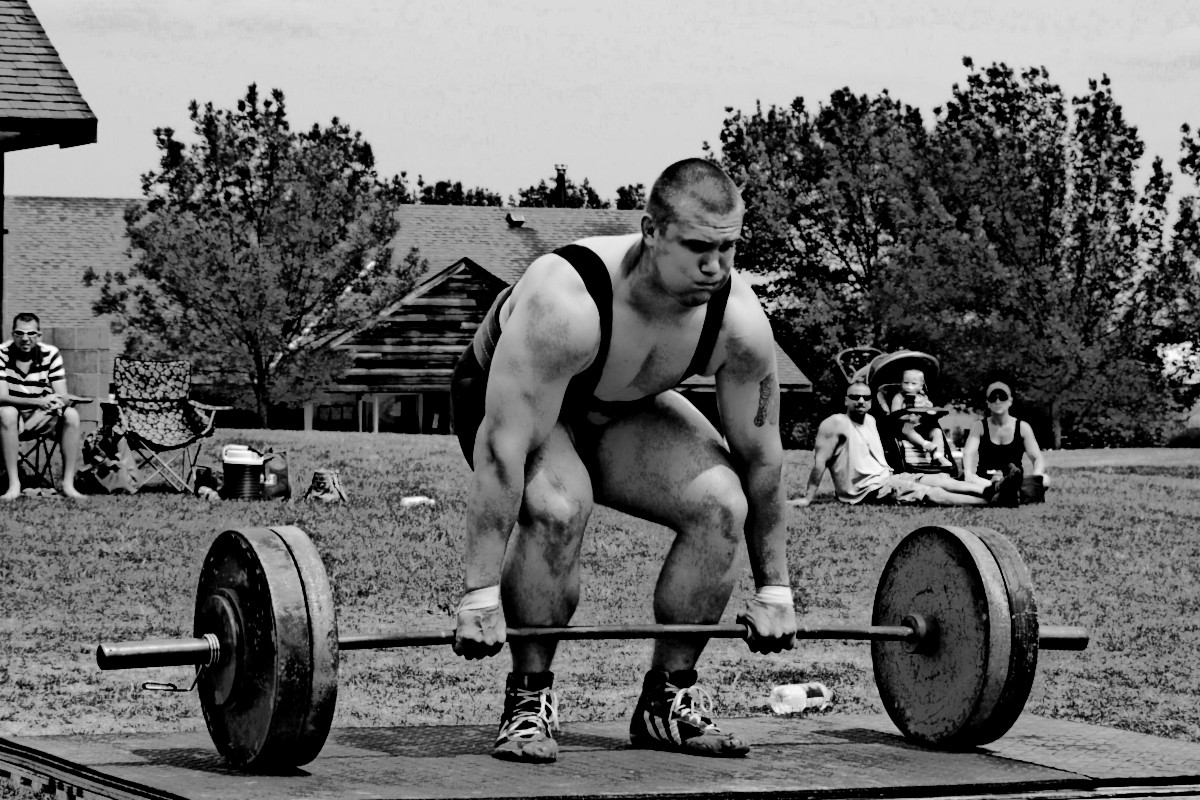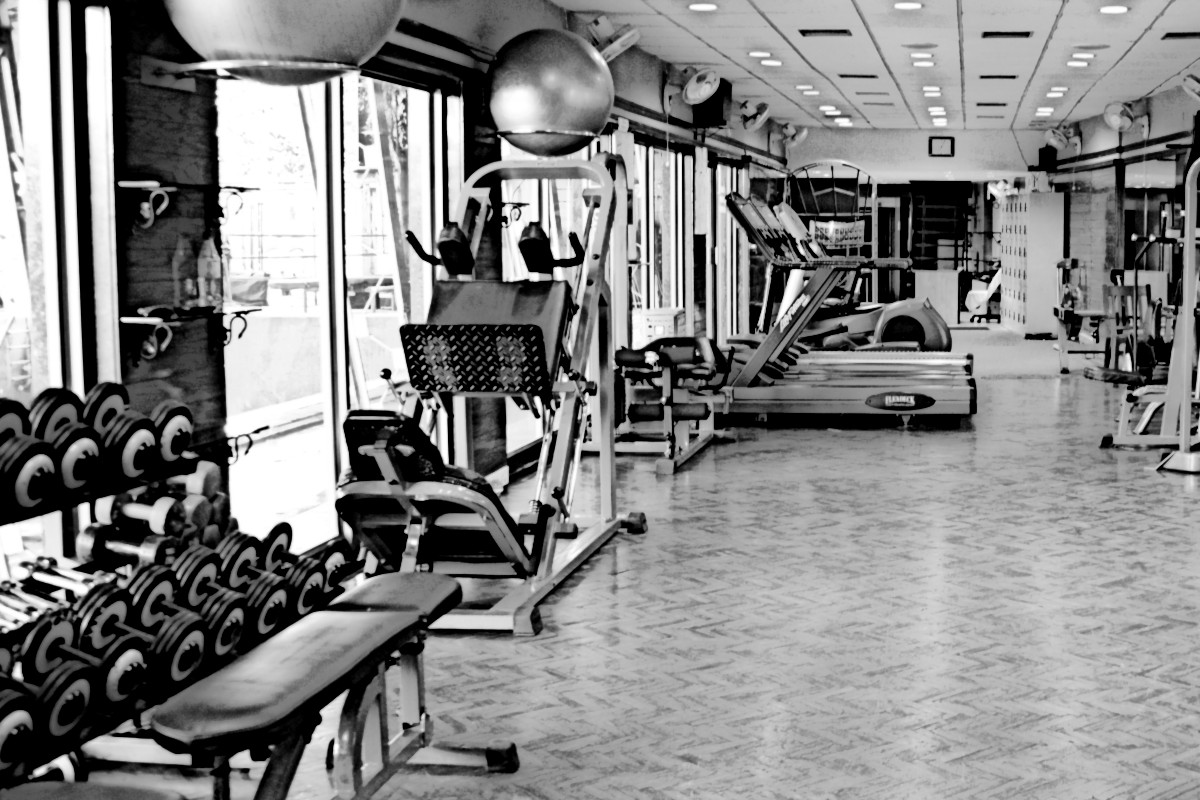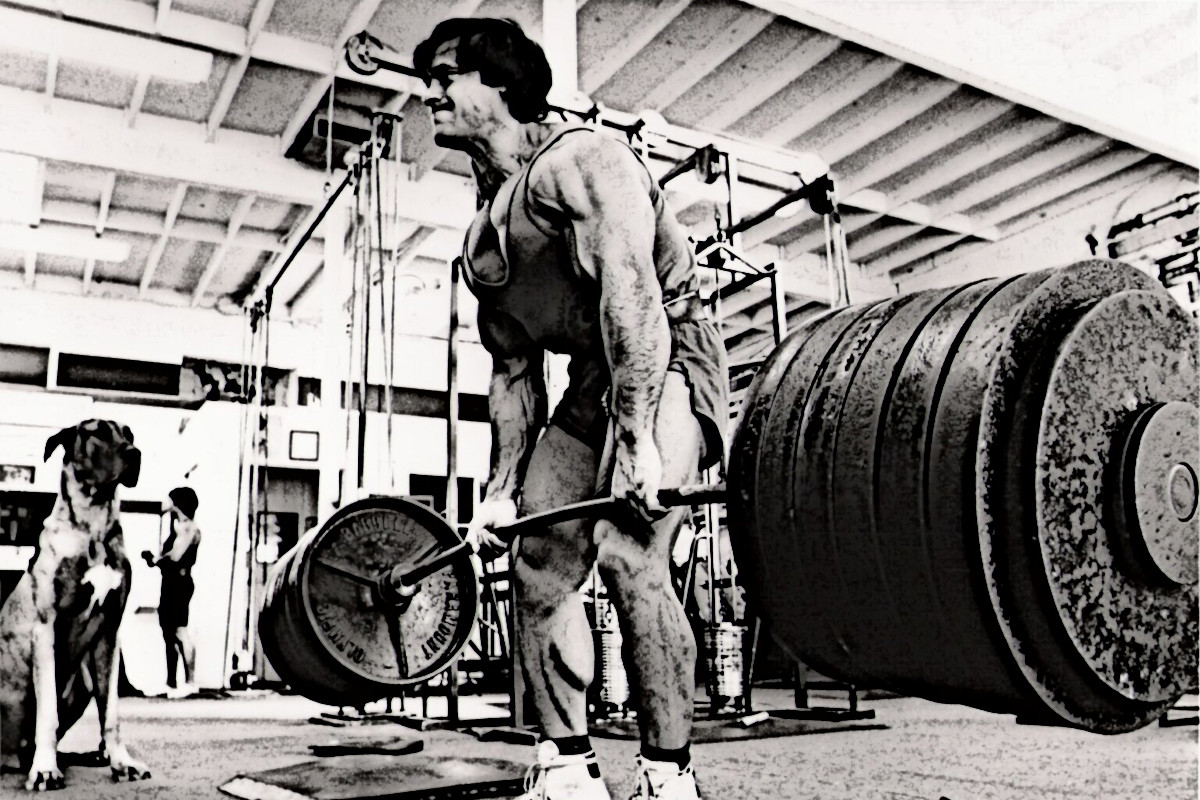
I have been deadlifting since I was 17, and I have a mixed relationship with the mixed grip.
For starters, you need to know your options.
1. Double overhand grip.
2. Hook grip.
3. Mixed grip.
4. Double overhand grip w/straps.
I think we all start with double overhand grip, mainly because it feels the most normal. However, past a certain point, the bar will start slipping out of your hands. Chalk definitely helps, but not forever, as you get stronger you'll need to come up with other solutions.
One of them is switching to hook grip. For most people, it will be quite painful. Some say you get used to it, but I never really dabbled in it to say anything meaningful.
Mixed grip may be the way to go if you're not allowed to use straps in a particular sport, and you're training for it. But I can create some imbalances even if you switch to balance it out. Also, it does increase the risk of bicep tears.
The way to go I think is wrist-straps. For most people who train on a regular basis just for general health and fitness, I believe this is the best option. And no, you will not have extremely weak forearms because of it. Especially if you warm up without straps. Remember the whole reason you needed a solution because your forearms stopped getting stronger and were unable to adapt. Which, makes sense since they are so much smaller compared to the combo of hams, glues, legs and back.
I have been rocking conventional style cotton straps for a long time. Admittedly, my taste can change in the future, but for the time being, I am sticking to what I know it works for me.
Please be advised that I am not a licensed medical professional or a certified fitness trainer. The information presented on this blog is solely for informational purposes and should not be misconstrued as medical advice. Before embarking on any new exercise regimen, way of performing an exercise or dietary changes, it is crucial to seek guidance from your healthcare provider. Always prioritize your physical well-being and discontinue any activity that causes discomfort or pain. This blog serves as a platform for sharing personal experiences and perspectives, not as a substitute for professional medical or fitness advice. Please exercise due diligence and consult with a qualified healthcare professional before making any significant changes to your health and wellness routine.






